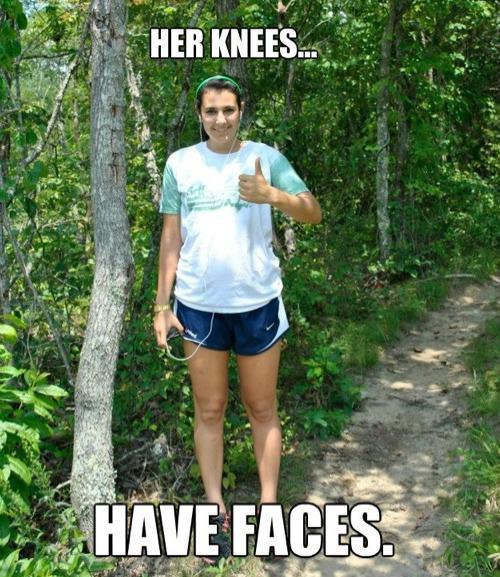
So, from the post you like to the page you follow, Facebook used this information to customize your news feed, including the ads you see.

Let’s be honest, we’ve all been stalked by ads on social media based on what’s sitting on our Amazon cart! The year 2020 was all about personalized advertising. Facebook wanted to offer users interesting and personalized experiences on the platform.
RANDOM FACE FOR FACEBOOK UPDATE
The same month, Facebook also released another update to the algorithm improving its ability to recognize and demote posts with exaggerated and misleading health claims, as well as posts that sell products advertised as “miracle cures.” 2020 In addition, Facebook used surveys and signals, like engagement bait, to determine which comments to show first. The update changed how comments on public pages and on posts by individuals with significant followings are displayed. The ones that had a lot of engagement or engagement from the original poster would be shown first. In June 2019, personalized experiences were also rolled out to the comment section. While we didn’t know exactly how Facebook makes these predictions, some confirmed factors were how long the user had followed the page or group, how often they engaged with content, and how actively content was posted. The algorithm used this information to predict what kind of content and pages users were likely to care about. One of the bigger updates of 2019 was the introduction of surveys in the News Feed, allowing users to indicate what kind of content they wanted to see more of. The surveys showed how interested users were in seeing a specific piece of content or hearing from groups they’ve joined. Key factors affecting rankings are loyalty and intent, meaning that videos that people seek, and return to, will be given more priority.
RANDOM FACE FOR FACEBOOK SERIES
Here’s a rundown on the algorithm changes and seven key pieces of advice on coping with the current News Feed, so your organic reach doesn’t plummet.Ī series of algorithm updates changed how videos are ranked in the News Feed, Facebook Watch, and “More Videos” recommended videos, with the aim of bringing people more relevant content. So, what changes do marketers have to adapt, and how exactly does the algorithm work? We’ve done our research. Many of these algorithm updates led to a notable decline in the organic reach and engagement for Pages, understandably causing some stir in the marketing community. In January 2018, Mark Zuckerberg announced that users should “expect to see more from friends, family, and groups” and less from “businesses, brands, and media.” The ongoing battle against biased and fake news also brought about algorithm updates demoting “borderline content” that is sensationalist, intentionally provocative, or nearly violating Facebook’s content policies. The most important one was how posts are prioritized and ordered in the News Feed. You might remember that in 2018, Facebook made significant changes to its algorithm. In recent years, there sure has been a lot of it. Long gone are the days of a chronological feed, today you get what you’re given.Īnd few things have inspired more cold sweats and headaches for social media marketers than the words “algorithm change.” Once the page is loaded completely, it should no longer jump while scrolling.The Facebook algorithm, the set of calculations Facebook uses to decide what content you see, has a lot of sway and influence. If you are experiencing this problem, make sure you waiting for the entire page to load before scrolling down. There have been some reported fixes, however, so here is what you can try to get Facebook to stop refreshing: Let the page load completely before scrollingĪlthough there is no certain solution for this problem, a common cause is when users are not waiting for Facebook pages to fully load before beginning to scroll. It may be a bug from a recent Facebook update and Facebook should work to fix the issue. If you’re experiencing this bug, it’s likely that many other users are as well. It can be very frustrating and make it impossible to use Facebook and load profile pages. The problem of Facebook continuously refreshing and jumping while scrolling continues to affect users from time to time despite continuous updates from Facebook. “ While looking over a Facebook profile, the page will jump while scrolling and refresh back to the top of the page.“
RANDOM FACE FOR FACEBOOK HOW TO
Learn how to fix Facebook jumping while scrolling and refreshing to the top of the page.


 0 kommentar(er)
0 kommentar(er)
